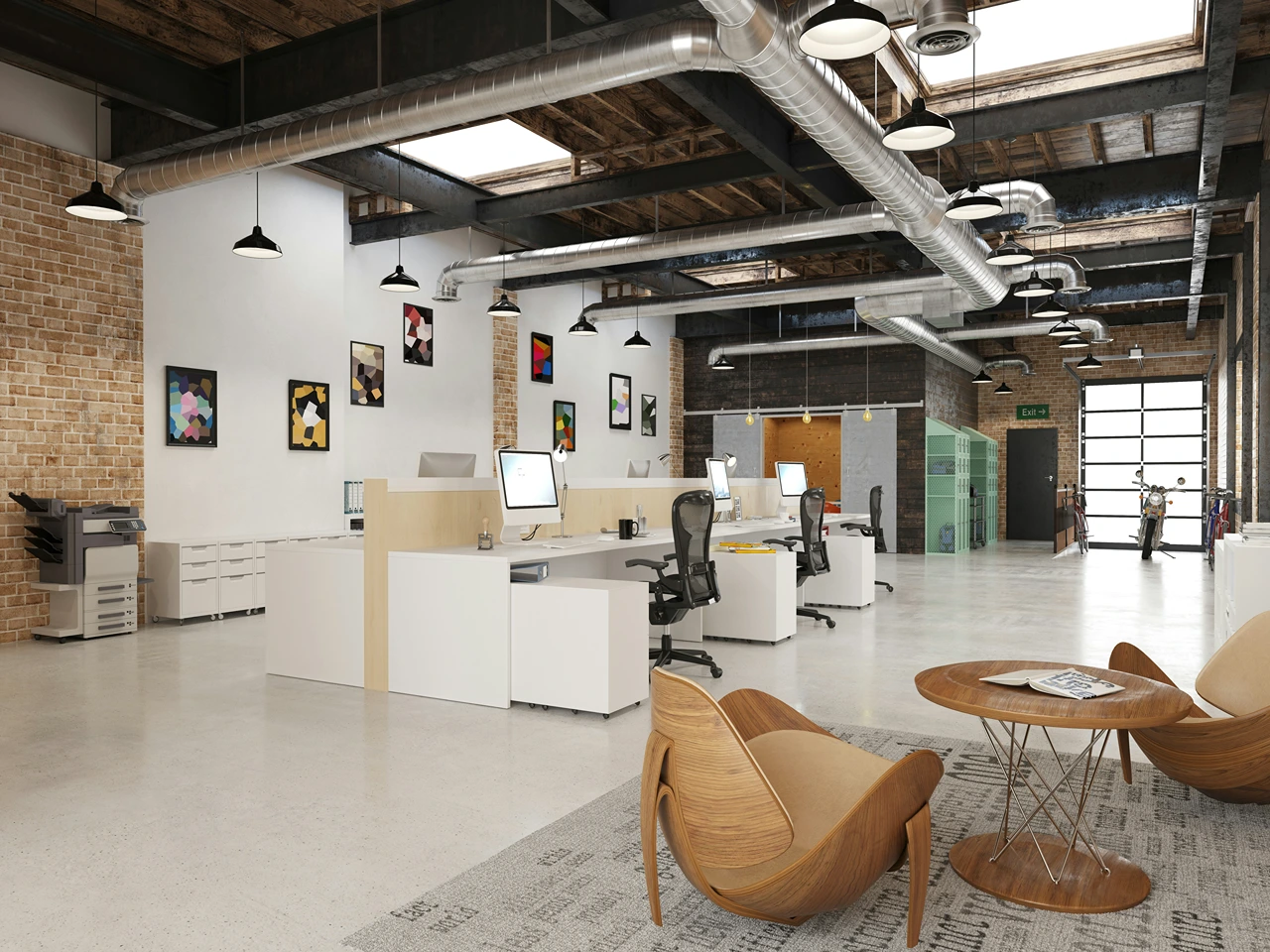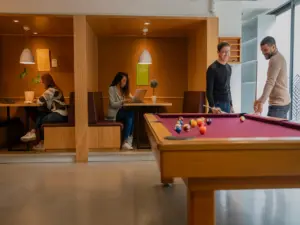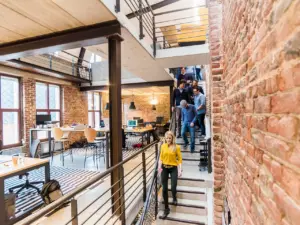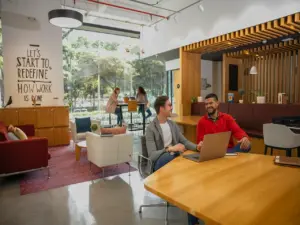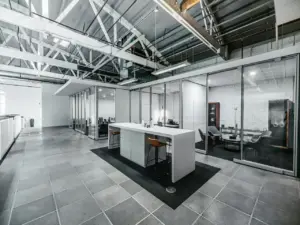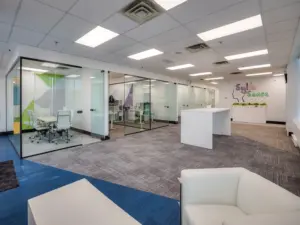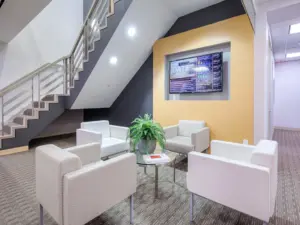The layout of an office shapes the way employees interact, collaborate, and perform their tasks. A well-planned modern office design directly influences productivity, morale, and overall job satisfaction. Companies that invest in modern office design understand that their choice of layout can make or break workplace efficiency. Selecting the best setup is not just about aesthetics—it’s about functionality, employee well-being, and fostering a positive work culture.
There are three primary office layouts that businesses often consider: open floor plans, cubicle-based setups, and hybrid layouts. Each has its advantages and drawbacks, and the ideal choice depends on the company’s specific needs, the nature of the work, and employee preferences. By understanding how each option impacts workflow, businesses can create a high-performing, modern office design that meets the demands of today’s workforce.
Open Office Layout: Breaking Down Barriers for Better Collaboration
Open office layouts have become a hallmark of modern office design, emphasizing openness, collaboration, and transparency. This layout removes walls and partitions, creating a spacious environment where employees can easily interact. It fosters teamwork and communication, making it a popular choice for companies that prioritize innovation and idea-sharing.
One of the biggest advantages of an open office layout is its ability to encourage collaboration. Employees are more likely to engage in spontaneous discussions, which can lead to creative solutions and stronger team dynamics. It also promotes a sense of equality, as executives and employees share the same workspace, reinforcing a culture of openness.
However, open offices come with their fair share of challenges. Noise levels can be a major concern, as conversations, phone calls, and general office activities create distractions. To address this, modern office design often incorporates acoustic solutions such as soundproof panels, designated quiet zones, and strategically placed meeting pods to maintain productivity.
Another issue is the lack of privacy. Employees who need to focus on deep work or confidential tasks may find it difficult to concentrate. A good modern office design balances the openness of this layout with enclosed spaces where individuals can retreat when necessary. By incorporating private meeting rooms, phone booths, and flexible workstations, businesses can mitigate the downsides of an open office while preserving its collaborative benefits.
Cubicle-Based Layout: Providing Structure and Focus
For companies that require a more structured approach to work, cubicle-based office layouts remain a viable option. Unlike the free-flowing nature of open offices, cubicles offer employees their own semi-private workspaces, reducing noise and distractions. This setup aligns well with modern office design principles that emphasize efficiency, comfort, and employee well-being.
Cubicles provide a sense of personal space, allowing employees to customize their workstations according to their preferences. This can lead to increased job satisfaction and a greater sense of ownership over one’s work. It also creates an environment that supports deep focus, making it ideal for roles that require concentration, such as finance, research, and customer service.
However, cubicles can also have drawbacks. Some employees may feel isolated, as physical barriers limit casual interactions. This can lead to reduced collaboration and a sense of detachment from the rest of the team. To counteract this, modern office design integrates communal areas, such as lounge spaces and break rooms, where employees can interact and build relationships outside of their individual workstations.
Another common issue with cubicle layouts is that they can feel outdated or uninspiring. To enhance the aesthetic appeal and functionality of cubicle-based offices, companies can incorporate natural lighting, ergonomic furniture, and open sightlines that prevent the space from feeling too confined. A thoughtfully designed modern office design ensures that even traditional layouts feel fresh and engaging.
Hybrid Office Layout: The Best of Both Worlds
As workplace expectations evolve, many companies are opting for hybrid office layouts that combine the benefits of open and cubicle-based designs. A hybrid layout is a modern office design that provides flexibility, allowing employees to choose how they work based on their needs. It includes collaborative spaces for teamwork, private areas for focused work, and common areas for social interactions.
One of the key benefits of a hybrid office is adaptability. Employees can transition between different types of workspaces depending on their tasks. For instance, brainstorming sessions can take place in open areas, while deep work can be done in enclosed booths. This flexibility enhances productivity and accommodates various working styles.
Another advantage is improved employee satisfaction. By offering a mix of work environments, businesses empower employees to work in a way that suits them best. This can lead to increased motivation, lower stress levels, and higher retention rates. A well-planned modern office design ensures that hybrid layouts remain functional and harmonious, preventing clashes between open and private spaces.
Hybrid offices do require careful planning to ensure seamless integration of different work zones. Technology plays a crucial role in making these layouts work efficiently. Smart office solutions, such as desk reservation systems and noise-canceling technology, help maintain balance and structure. A successful modern office design considers these factors to create a fluid and engaging workplace.
Key Takeaways
- Modern office design significantly impacts employee productivity, morale, and collaboration.
- Open offices foster teamwork but require acoustic solutions to manage noise levels.
- Cubicle-based layouts enhance focus and privacy but should include communal areas for social interaction.
- Hybrid layouts offer the best of both worlds, balancing collaboration with individual work needs.
- Smart office solutions and ergonomic design elements enhance the functionality of any layout.
Final Thoughts: Crafting the Ideal Workspace
Choosing the right office layout is about more than just arranging desks and partitions—it’s about designing an environment that supports employees in doing their best work. A well-thought-out modern office design considers workflow, collaboration, privacy, and comfort, ensuring that every aspect of the workspace contributes to efficiency and well-being.
By evaluating the unique needs of their workforce, companies can create an office that enhances both productivity and employee satisfaction. Investing in a modern office design that prioritizes adaptability and employee experience sets businesses up for long-term success. No matter the size or industry, the right workspace layout can transform a company’s culture and drive growth in an ever-evolving business landscape.
Frequently Asked Questions (FAQ):
Which office layout is best for employee productivity?
The ideal layout depends on the nature of the work. Open offices encourage teamwork, cubicles support deep focus, and hybrid layouts provide flexibility. The best modern office design blends elements of each to suit the organization’s needs.
How can noise issues be addressed in an open office?
Modern office design incorporates acoustic solutions like soundproof panels, designated quiet zones, and noise-canceling technology to minimize distractions and maintain productivity.
Are cubicle-based offices outdated?
While traditional cubicles may feel outdated, modern office design enhances them with natural light, ergonomic furniture, and collaborative spaces to create a more engaging work environment.
